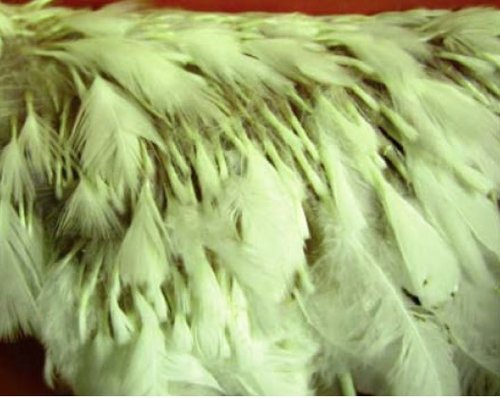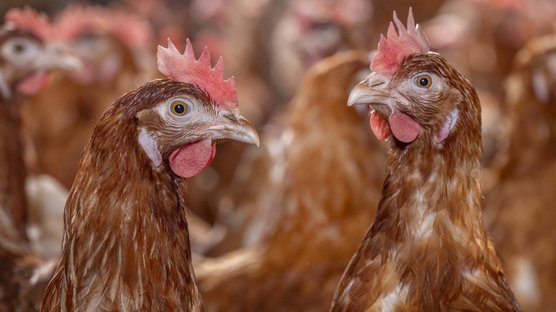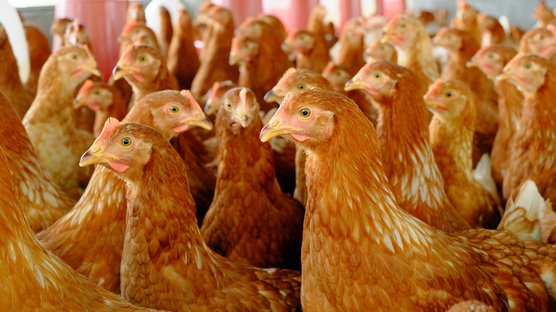
Published on Feb. 8, 2021
Reticuloendotheliosis virus
Reticuloendotheliosis virus (REV) is an oncogenic virus, an infectious disease causing tumors in poultry.
REV is a Gammaretrovirus, an RNA virus. Clinically and pathologically, REV must be distinguished from Marek’s disease virus (MDV) and Avian leucosis virus (ALV) infections, although It is more related to mammalian retroviruses than to avian retroviruses.
REV is transmitted vertically from hen to progeny, horizontally from bird to bird by direct or indirect contact, and mechanically by blood-sucking insects. Congenitally infected chicks are immunological tolerant to the virus and do not produce VN antibodies. Vertical transmission after mating infected males with non-infected females has been described. REV contaminated live vaccines (Marek’s HVT, Fowlpox, NDV and IBV) can also be a source of infection for embryos or very young chickens.
REV infections are not present all over the world, unlike MDV and ALV. REV is common in commercial layer flocks in the US, hardly causing any disease, while in China, REV causes serious damage to the poultry industry. REV can infect a wide range of poultry, gamebirds, and waterfowl.
Clinical Signs
Runting syndrome or retarded growth, paleness, and abnormal feathering (Nakanuke disease). Mortality from culling or from acute or chronic neoplastic disease. Lameness or paralysis is rare.

Courtesy of Dr. G. Zavala, AAAP.
Diagnosis
Clinical and pathological signs are not typical for REV. Runting, thymic and bursal atrophy, enlarged peripheral nerves, proventriculitis, enteritis, anemia, hepatic and splenic necrosis can be seen. The abnormal feather development could be indicative for REV. The acute neoplasia may be confused with MD (T cell tumors), the chronic neoplastic disease looks like lymphoid leucosis (B cell tumors). To diagnose REV, you must detect the virus, or parts of the virus, by virus isolation or PCR. Also, serology can help because REV is not an ubiquitory disease.
Prevention
There are no commercial vaccines available. The importance of vertical transmission is not clear, but primary breeders will focus on the prevention of infection of breeding stock.
Good biosecurity measures and control of blood-sucking insects will help to control the disease.
References
- Diseases of poultry, 14th edition; Guillermo Zavala and Venugopal Nair.
- Merck Manual; John Dunn.



